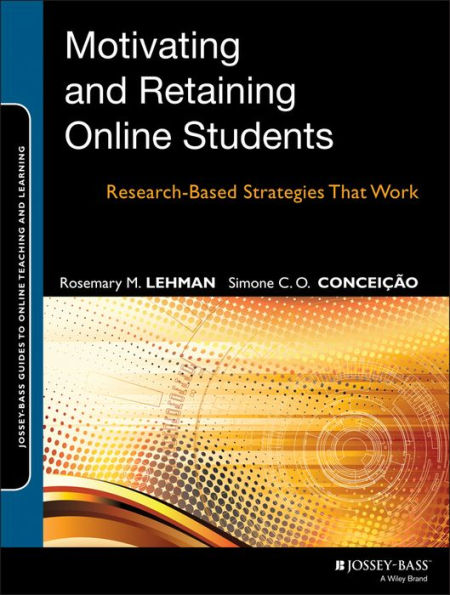Table of Contents
List of Tables, Exhibits, and Figure ix
Preface xi
The Focus of This Book xii
Who Can Benefit from This Book xii
Our Beliefs About Learning and Teaching xii
How This Book Is Organized xiii
Acknowledgments xiv
About the Authors xvii
1. Concerns and Opportunities for Online Student Retention 1
Evolving Concepts of Presence, Communication, and Interaction 1
Redefining the Characteristics of the Higher Education Learner 2
New Ways of Learning 2
Causes for Increased Enrollment 3
The State of Higher Education and Online Learning 4
Concerns for Online Student Retention 5
Reasons Online Students Drop Out 5
Factors for Student Persistence in Online Education 7
Opportunities for Online Education 10
New Learner Behaviors and Skills in the 21st Century 11
Filling the Gap: Strategies for Online Persistence 14
2. Design Strategies for Retaining Online Students 17
Intentional Design for Online Courses 19
Design Elements and Strategies to Help Students Stay Motivated Online 20
Creating the Learning Environment 20
Planning for the Teaching Process 25
Predicting Learners’ Needs 30
The Impact of Intentional Design for Online Course Success 32
Design Strategies for Retaining Online Students 34
3. Student Strategies for Staying Motivated Online 38
Pathway and Strategies for Staying Motivated in Online Courses 38
Self-Awareness 39
Self-Efficacy 40
A Purpose for Taking a Course 41
Means to Achieve Goals 42
Rewards for Achieving Goals 53
Explaining Study Findings from a Motivational Perspective 56
Incorporating Student Strategies into Course Design 59
4. Support Strategies for Helping Online Students Persist 65
Types of Support Perceived as Important by Students 66
Human Resource Support 66
Institutional Support 69
Self-Care 70
Support Strategies for Helping Online Students Persist 71
Instructional Support Strategies 72
Institutional Support Strategies 75
Self-Care Strategies 80
5. Pulling the Strategies Together 83
Established Findings Related to Online Student Retention 84
Major Contributions from Our Study 84
New Ways of Th inking About Learning and Teaching 86
Persistence Model for Online Student Retention 87
Student-Centered Model 88
Strategies for Helping Students Persist in an Online Course 89
Times of Change for Learning in the 21st Century 94
Instructors’ Skills for Meeting Students’ 21st-Century Fluencies 95
Implications and Conclusions for Learning and Teaching Online 104
Glossary 107
References 111
Appendix 1 117
Appendix 2 127
Index 135



